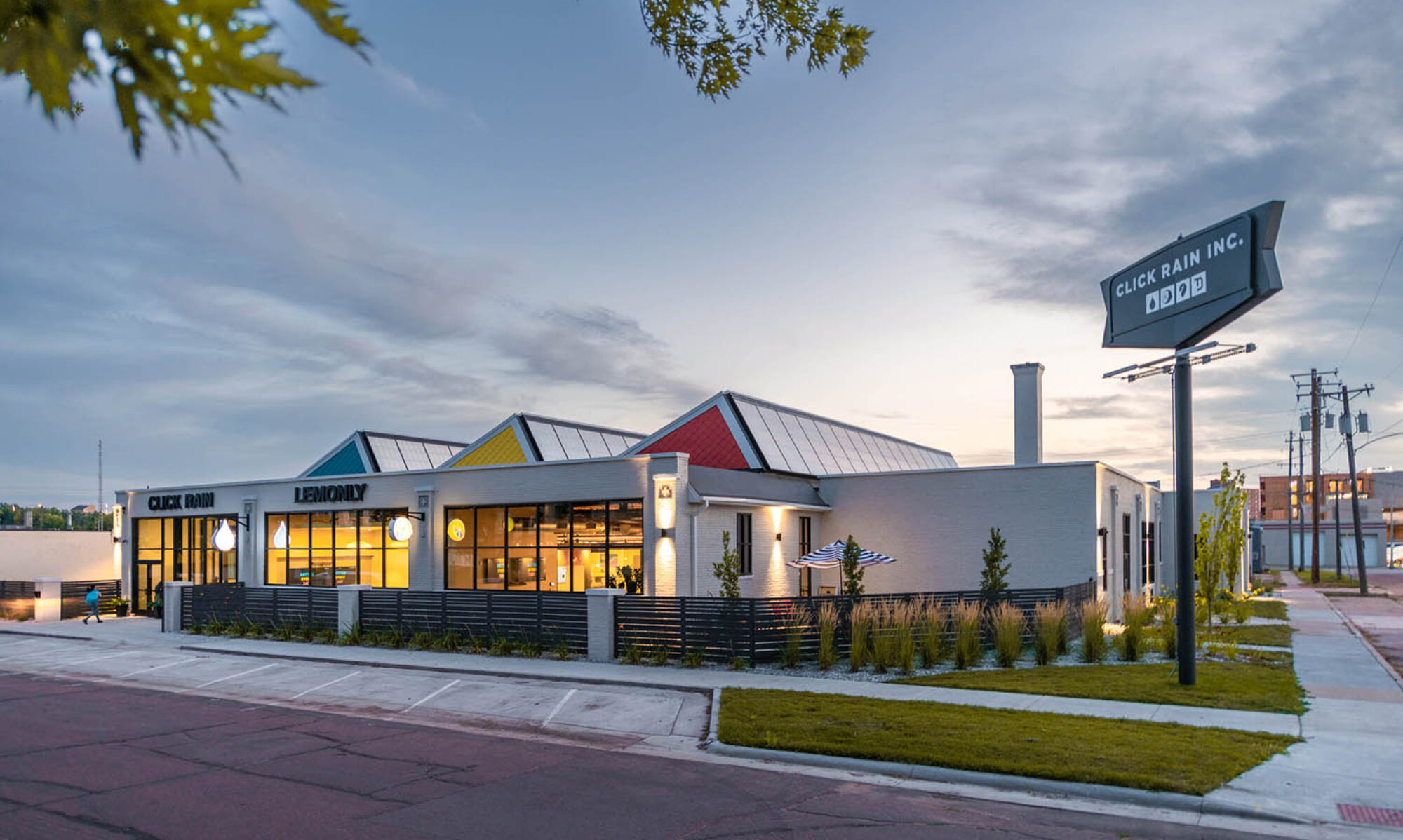Automation and robotics have changed the way the world operates immensely since their inception. They have typically been used to perform repetitive, menial tasks in order to increase efficiency and accuracy. There is no doubt they have had a monumental impact on many different industries. The construction industries have reaped the benefits of automation when it comes to fabrication of materials, but little has been done in regards to automating the actual construction of buildings. Robotics simply have not been able to adjust to the complexities of construction nearly as well as humans have. However, their impact may extend into the construction phase sooner than we thought.
There have been numerous studies concluding that we will soon face a shortage of physical labor in the construction industry, and that shortage will only continue to increase with time as younger generations steer clear of physical labor and instead pursue careers in engineering and tech industries. Japanese researchers and engineers at Advanced Industrial Science and Technology (AIST) have realized this and designed a robot to help combat the issue. Enter HRP-5P – a drywall hanging humanoid robot.
Now I must preface this: anybody who has had the pleasure of hanging drywall knows all too well the joys that come along with this task. I applaud each and every person who deliberately chooses this as their career because it takes an insane amount of hard work, determination, and dedication (along with some strong forearms and shoulders…) to hang drywall for a living. It is no easy task by any means.
When I first read about the HRP-5P I immediately had flashbacks to the movie I, Robot (2004) which is set in a 2035 future, laden with AI and personal androids. In this fictional (or not so fictional…?) future, buildings are constructed completely by pre-programmed robots and automatons. This does not end well for Will Smith’s character as he is almost crushed in a house that was demolished by unregulated robots with malicious intentions. We’ll look past that hazardous little caveat for now…
Although the HRP-5P has quite a ways to go until it is found meandering around construction sites, some have begun experimenting with more attainable automated opportunities. FastBrick Robotic’s Hadrian X automated brick layer uses CAD technology to create a 3D map that tells it where and what to build. The bricks are held together by an adhesive that is said to be stronger and more thermal resistant than traditional mortar. The Hadrian X uses bricks specifically designed for its use, and are the size of 12 Standard Brick Equivalents (SBE). It is said to have the ability to lay up to 1,000 SBE’s per hour! In addition to reducing material and labor costs, the Hadrian X is meant to allow bricklayers to “transition away from laborious, unsafe and physically demanding tasks and move into smarter, safer roles that offer a physically sustainable career path.” (Fastbrick Robotics)
Driving around Sioux Falls, one can immediately see the intense rate at which we are growing. There seems to be construction around every corner, both in vertical structures as well as horizontal roadways. As of today, buildings and infrastructure are not constructed by automation, and that means we need more and more individuals in the construction industries to keep up with our growth. Where will these additional “hands” come from and what could automation mean for the construction industries? Will it be seen as a benefit and technological advancement allowing us to keep up with the times, or eat into the already limited job market? Please share your thoughts and continue the discussion below!

Josh Muckenhirn, AIA is a licensed Architect at ISG in Sioux Falls, SD. He received his M. Arch from NDSU in 2014, ventured further north for 2 years, and has called Sioux Falls home since the summer of 2016. His claim to fame is (at one point) being able to solve a Rubik’s cube in 32 seconds.

